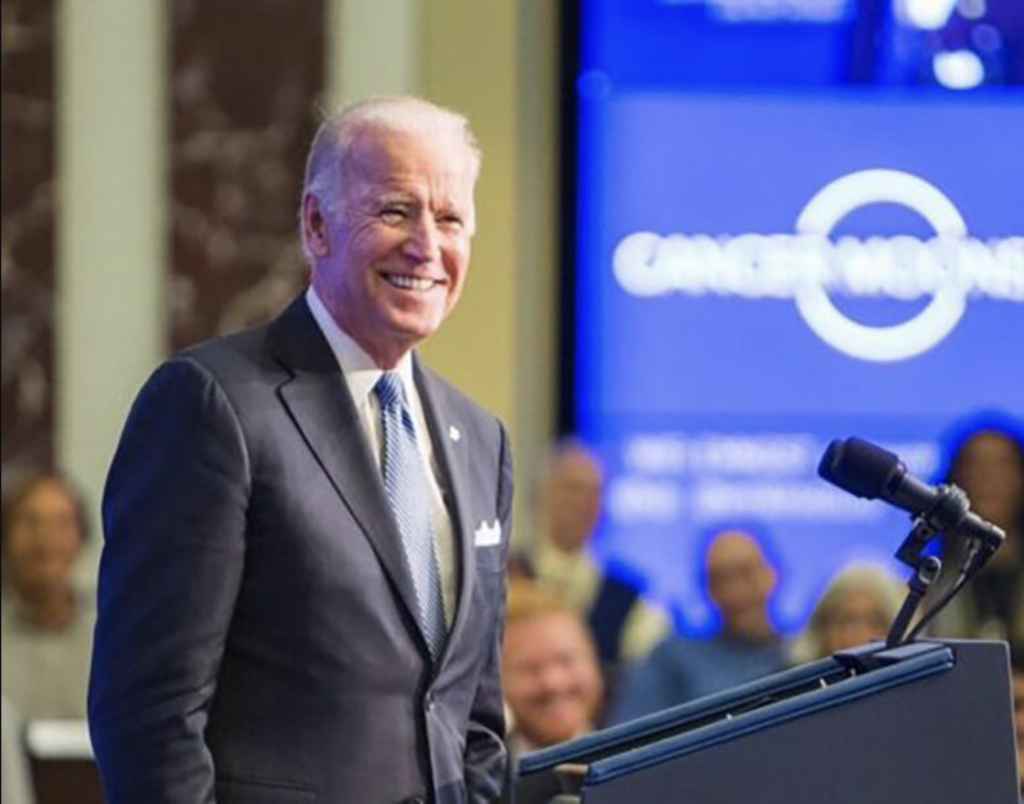
By Amy Huffman, policy director, and Josh Mimura, NDIA fellow
Finally! After months of negotiations, many hours in the drafting “room,” lots of speculation, and some hand-wringing (on our part at least), President Joe Biden signed the Infrastructure Investment and Jobs Act (IIJA) into law during a ceremony on the South Lawn of the White House yesterday afternoon.
Among its various provisions, the Act provides $65 billion to states, community organizations, and other entities for a range of broadband deployment and digital inclusion activities. It’s the largest single investment in broadband and digital equity in the nation’s history and a truly historic, once-in-a-lifetime opportunity to thoughtfully and systemically address the digital divide.
Within the IIJA’s broadband section is the Digital Equity Act of 2021 (DEA). The DEA appropriates $2.75 billion to be distributed through two primary grant programs: the State Digital Equity Capacity Grant Program and the Digital Equity Competitive Grant Program. Below is a rundown of the programs, as outlined in the law.
These funds can be used for a variety of digital inclusion efforts, including but not limited to device distribution programs, digital literacy training, and digital navigation assistance.
State Digital Equity Capacity Grant Program
The State Digital Equity Capacity Grant Program is broken into planning and capacity grants. The planning grants provide funding to states to develop digital equity plans, which are required in order for states to be eligible for the capacity grants. Capacity grants are what they sound like—designed to provide states with funding to support their digital inclusion priorities, strategies, and initiatives.
The DEA appropriates $60 million in planning grants, which are to be awarded to states to develop State Digital Equity Plans. The Act allocates an additional $1.44 billion over five years for states to implement and oversee their respective State Digital Equity Plans.
Digital Equity Competitive Grant Program
The Digital Equity Competitive Grant Program awards grants to eligible entities, including but not limited to local governments, nonprofits, and community anchor institutions. This program is appropriated $1.25 billion over five years.
Now What?
As our friends at Brookings and the Benton Institute have outlined, the IIJA is intended to support long-term, thoughtful solutions and projects, not quick fixes and band-aid solutions. In addition, the real work is just beginning.
The federal agencies, like the National Telecommunications and Information Administration (NTIA), will now begin designing rules and grant programs to distribute the funds, which could take many months in some cases. As such, we may not see any broadband funds from the IIJA until fall 2022.
So what should you—the digital inclusion practitioner—do in the meantime? In short: celebrate, breathe, plan, and engage.
First, this truly is a moment for celebration. You know when people tell you to celebrate the small wins? Well, friends, this is not a small win. It is a $2.75 billion win. A very large win. So celebrate! Enjoy the moment. And if you’re planning on joining us for Net Inclusion in Portland (which you should!), we will celebrate together in person.
Second, breathe. Yes, there’s lots of work to be done as a result of the IIJA’s passage. But we’ll have some time to do it, so take a deep breath and we’ll do this work together.
Third, begin planning. Step back and think about what you really need to reach people who are disconnected in your community or to launch the program you’ve always wanted to launch but haven’t had the resources for.
Coordinating projects and funding will be more important than ever, so join others in your community and create a digital inclusion coalition if you don’t already have one. Build a community digital inclusion plan if your community doesn’t already have one, this will help you determine what projects and funding are needed once it’s available. There’s no one right way to plan, but we definitely recommend you start now.
Finally, begin engaging with your local and state elected officials and governments. Set up meetings and share your work with them. If you’re part of a coalition, meet with them as part of the coalition. Invite them to your events and keep in contact with them. Establishing relationships now will help you (and them) prepare for what’s to come.
Over the coming months and years, NDIA will provide you with many more tools and resources to take full advantage of all the opportunities in the IIJA.
To start, please join us for a special webinar for our community where we’ll break down different sources of digital inclusion funding included in the Infrastructure Bill, who can access this funding, and what the funding can be used for.
The webinar is on December 7, 2-3 p.m. EST and you can register HERE.
Now go celebrate. You deserve it. The Digital Equity Act exists because of you and all you do.
